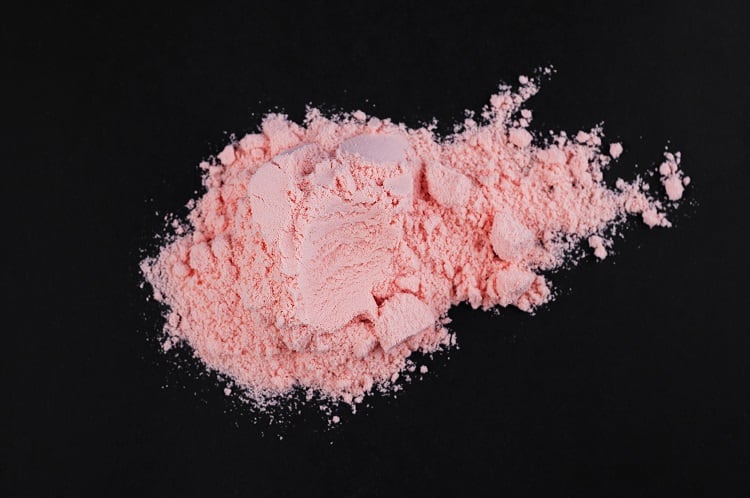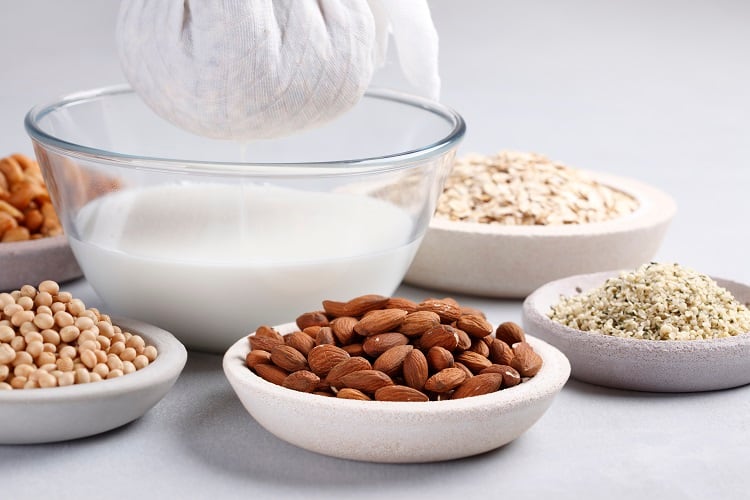Rohan Godhania, 16, from London, fell ill after drinking a protein shake on 15 August 2020. He died three days later after suffering brain damage. He was later diagnosed with a rare disorder called ornithine transcarbamylase (OTC) deficiency. This prevents the breakdown of ammonia, causing it to build up to lethal levels. It can be triggered by a large protein load – in this case from a protein shake by Ultimate Sports Nutrition (USN) protein powder.
Rohan’s mother, Pushpa Godhania, and her family are calling for warnings on labels to be made mandatory and an inquest of his death called such warnings "potentially life-saving". Coroner Tom Osborne said: "Concerning these protein drinks, my preliminary view about them is that I ought to write to one of the regulatory authorities that some sort of warning ought to be put on the packaging of these drinks because, although OTC is a rare condition, it can have harmful effects if someone drinks [one] and it causes a protein spike."
The Food Standards Authority has since confirmed it has received the Coroner’s Report to Prevent Future Deaths and will be giving its “full consideration to its findings".
Rohan’s family is also calling for measures to increase awareness of undiagnosed metabolic conditions such as OTC. The senior coroner at the inquest said that the lack of screening for OTC was a “lost opportunity”. If an ammonia test had been carried out on the day Rohan was admitted to hospital, it was "probable" he would have survived.
Metabolic Support UK is supporting Rohan’s family’s requests and is calling for both product labelling and ammonia testing as standard emergency practice. These are two important steps that may be taken to prevent further deaths, CEO Kirsty Hoyle told this publication. “The first is labelling high protein drinks and supplements with warnings about the dangers associated with high protein intake and certain rare diseases. The second is screening for ammonia which, as noted in the report, may have changed the course of Rohan’s treatment.”
Sadly, this is not the first time an avoidable death has occurred due to a lack of ammonia testing, according to the charity. “There is a long-standing history of patients who have experienced adverse events, such as disability and death, due to hyperammonaemia,” Hoyle said. It has reports going back as far as the 1990s, with recent more public cases such as Elliot Peters, 14, whose death in 2018 was caused by OTC deficiency.
‘The further health warning would be helpful and should be added’
According to a LinkedIn post by Sterling Crew, President of The Institute of Food Science and Technology (IFST), the USN Core Series 100% Premium Whey Protein product contained 23g of protein per 34g serving and Rohan had just under a single scoop made with 200ml water.
The writing on the tub said: “Consult your doctor prior to use if you have a medical condition”.
Rohan’s OTC was, however, undiagnosed.
His mother commented: “The general public wouldn’t really understand if you say, you might have OTC or a urea cycle disorder, but if we just say if you feel very sick and you’re vomiting as a result of this, ask for an ammonia test, put it into some very simple language, then that would help.”
The IFST President agreed. “Personally, I think the further health warning would be helpful and should be added,” he wrote. “I have always believed consumers should be able to make an informed choice about their purchase and know what to do if something goes wrong. The condition is very rare, but the impacts can be traumatic.”
The limits of labelling
But others question the practicality of food businesses being able to display information to cover every rare disease or condition. Studies have found, for example, that hyperammonaemia, a metabolic condition characterized by the raised levels of ammonia, and which can result in seizures, coma and even death, can be triggered by fasting or a high protein diet.
Those aware they have OTC are also likely to consume a low protein diet and avoid the kind of meals, products or drinks that could cause a sudden and potentially fatal spike in protein.
For example, according to Metabolic Support UK, anything high protein in the diet can cause a build-up in ammonia to dangerous levels as people with these conditions cannot break down ammonia (which is a waste product made by your body during the digestion of protein). This build-up of ammonia in the body can cause seizures, encephalopathy, coma, and even death.
According to a spokesperson from the charity, the way to prevent this would be to offer testing for conditions such as OTC at a young age to catch the early onset form of this condition.
But there is another form of OTC: late onset, which was the form discovered in Rohan Godhania and which would not be picked up through this screening. In these cases, the patient may present with the signs of hyperammonaemia at A&E and then would need to have an ammonia test to evaluate levels of ammonia in the blood. “Once dangerous levels have been identified, the medical professionals can then work to bring down ammonia to safe levels,” the spokesperson explained.
The tragedy of the Rohan Godhania case, therefore, is the fact his late onset form of OTC had not been discovered, nor was he given an ammonia test when he was admitted to hospital.
‘We need to consider possible information overload’
Dr Mark Tallon is a food lawyer and Partner of the firm Legal Foods, which works with many brands that make high protein drinks and products.
He told this publication that in relation to the use of protein drinks, in this case the label already contains a number of warnings that are voluntary and considered as good practice. This includes warnings to “seek medical advice if on medication before use” and “keep out of reach of children” (This would have included anyone under the age of 18 years).
“These are voluntary and provide an added layer of protection for consumers,” he said. “Unfortunately, in this case was made even more rare as it was late onset OTC, so any warning would not have been effective in prevention. The product stated high protein and made clear the amount of protein it contained on front of pack. As such any one with pre-diagnosed OTC would have avoided such products as much as any other high protein meal be it from meat, fish, eggs or dairy.”
Warnings on food labels need to be proportionate and based on risk and hazard analysis, he added. To simply add warnings without consideration of the consequences can do more harm than good.
"Would a warning related to vomiting be something food businesses want on pack?" he asked. "Would such a warning actually provide any protection when used (We see kids drinking caffeine, using vapes, using products with the warning not for Children)? Where do we stop with warnings as we have 100s of such conditions including Lysinuric protein intolerance, Alpha-gal Syndrome, etc. Finally, how often are people for multiple reasons feeling sick and vomiting? as such would such a warning result in people going to hospital when not really needed or unrelated to food consumption?"
We need to consider the practical consequences of such labelling whilst also being sensitive to this very unfortunate and rare case, he stressed.
“These issues [are] maybe one for politicians or policy makers rather than for someone like myself who deals in the legal aspects of food law and what are the requirements at this time in law.
“I am sure all responsible food business want to make sure all consumers are safe and one option here could be the current discussion and move towards the use of QR codes on pack,” he added. “This could allow a direct link to a government website that lists product categories rather than specific brands or even ingredients e.g. High protein foods or food containing amino acids and related warnings. In this situation label space is not a concern and all possible adverse food reactions could be covered.
“Again we need to consider possible information overload and how such a system could allow consumer to quickly find the relevant information to them and the recommended course of action that would not inadvertently place undue pressure on an already stressed healthcare system.”
USN was contacted for commented but no reply was received at the time of publication.





